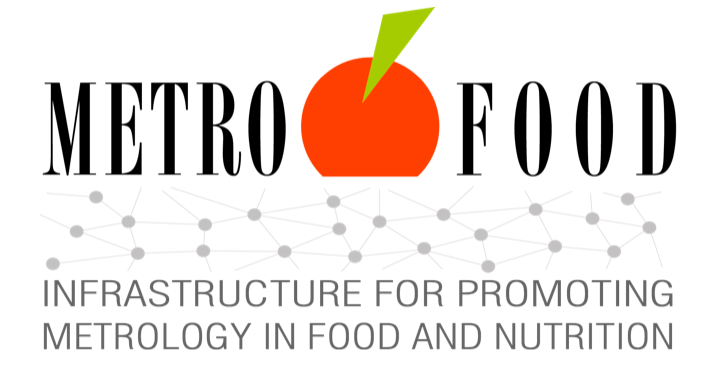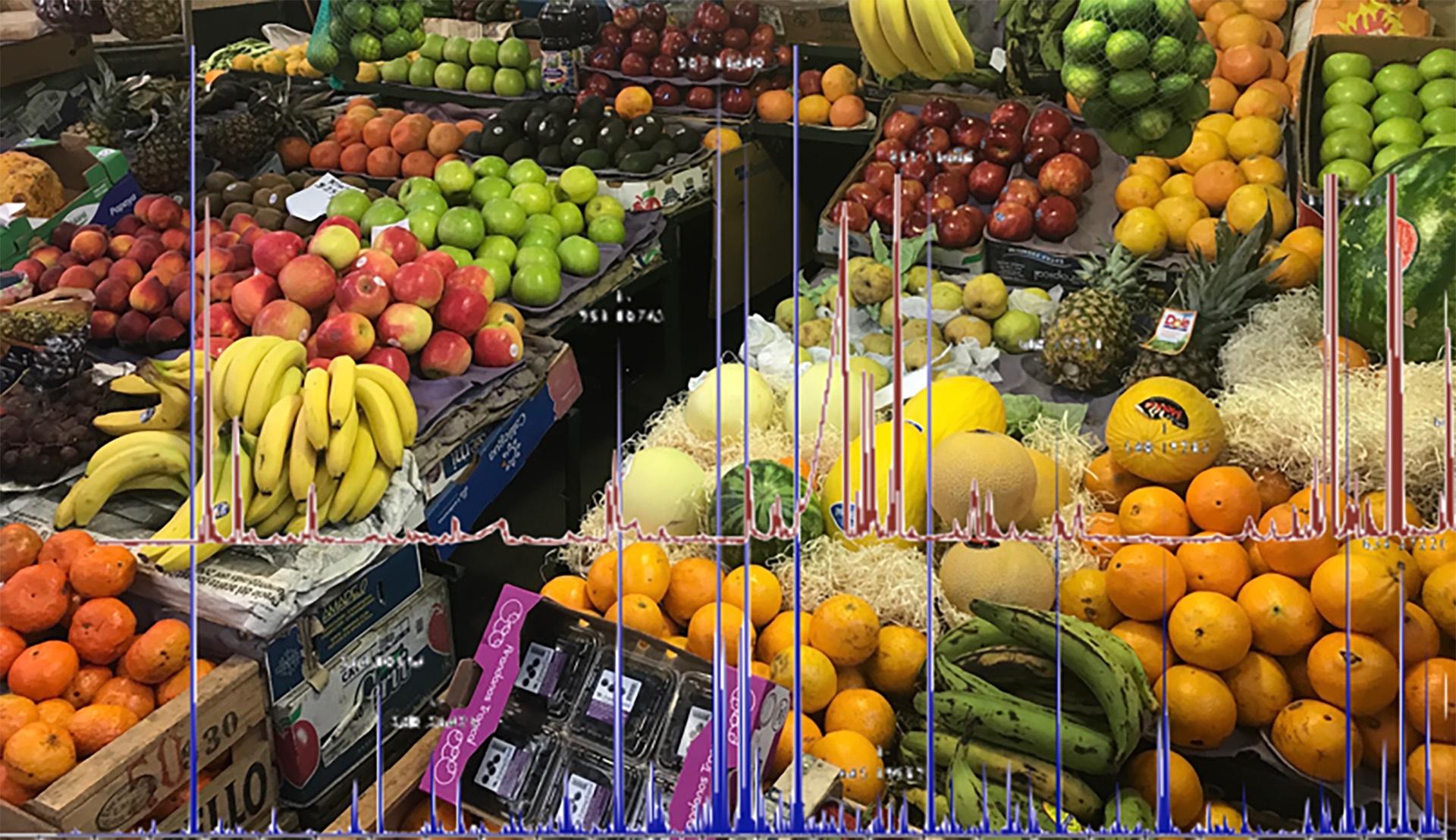Strengthening of the Italian Research Infrastructure for Metrology and Open Access Data in support to the Agrifood
Objectives
Project aim
Strengthening the existing infrastructure related to the ESFRI METROFOOD-RI (www.metrofood.eu) for the domain health and food and included in the NPRI high-priority list, focusing on the electronic component and its integration with the physical one, making it fully implemented, fully operational and sustainable in the long-run.
Specific objectives:
- SObj1: fully implement the RI in its physical and electronic components, technically organise it as service-oriented organisation and define its operational standards
- SObj2: implement an open data platform, a cloud infrastructure for data integration and analysis and an integrated system of ICT solutions applied to the agrifood, and ensure long term FAIR data access
- SObj3: define the service chart and implement the service provision by providing transnational (physical and remote) and virtual access to advanced and efficient services, enabling interdisciplinary research for the agrifood
- SObj4: liaise and clustering with other relevant RIs and NRRP initiatives for a better integration in the landscape, the realisation of a connected ecosystem, thus increasing the impact
- SObj5: promote user and stakeholder engagement in a co-creation approach for better meeting user demand and ensure outreach and training of the community of stakeholders, beyond researchers, to enable them in the best use of the research facilities and services offered
- SObj6: set up the management and organisational structure of the infrastructure, define its business plan and the strategies and roadmap for its self-sustainability.
Objectives for the agrifood
- Promote transparency (especially among micro-enterprises and SMEs), increase the sustainability and resilience of agrifood systems and improve the performances of production processes
- Reduce the vulnerability of production chains to fraud and sophistication, demonstrating and communicating the origin and authenticity of raw materials and products
- Improve food safety, food defense, food quality and production processes’ control systems, through the identification and integration of tools to be adopted in the various supply chains
- Support policy makers and inspection and control agencies in promoting and demonstrating food transparency, also inspiring policy development
- Increase consumer awareness and confidence in the production systems, encouraging the adoption of healthier and more sustainable diets.







